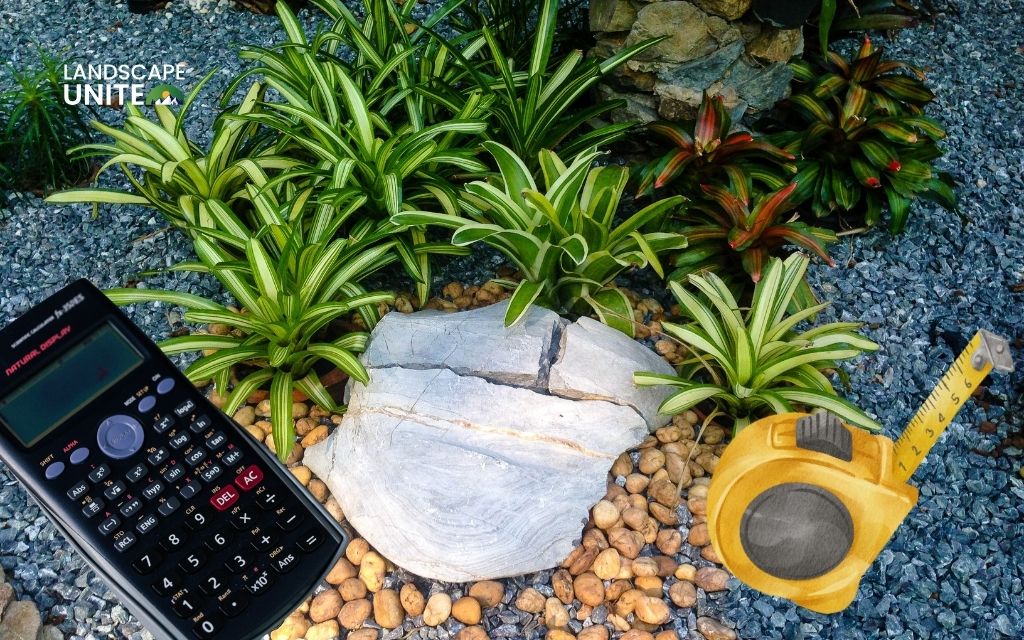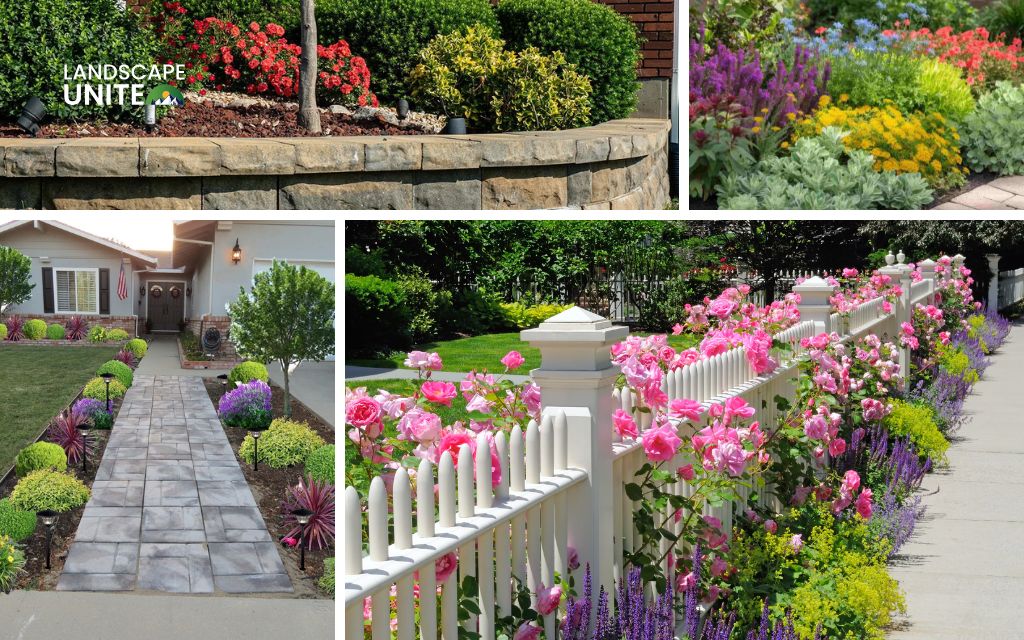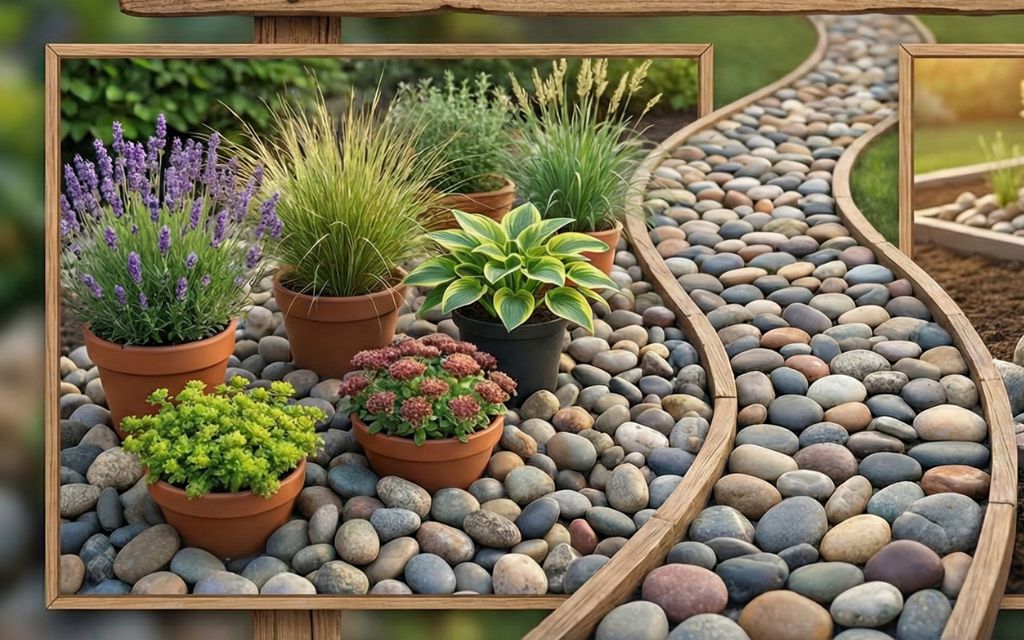Geraniums transform ordinary flower beds into spectacular displays of color and fragrance that captivate visitors from spring through fall. Whether you’re planning your first flower bed or redesigning an established garden, these versatile bloomers offer unmatched beauty with surprisingly easy care. This comprehensive guide explores everything from selecting the perfect geranium varieties for your climate to creating stunning color combinations that enhance your home’s curb appeal.
You’ll discover proven design strategies, seasonal care tips, and companion planting secrets that professional landscapers use to create magazine-worthy displays. From classic zonal geraniums to exotic scented varieties, we’ll help you choose the right plants for your specific conditions and design vision. Your geraniums in flower beds will become the neighborhood’s most admired landscape feature, bringing you daily joy throughout the growing season.
Understanding geranium types for flower bed success
Choosing the right geranium variety makes all the difference between a good flower bed and a spectacular one. Understanding the distinctions between different types helps you match plants to your specific needs and growing conditions.
Annual vs. perennial geraniums: making the right choice
The terms “geranium” and “pelargonium” often cause confusion, but knowing the difference helps you make smart planting decisions. What most Americans call geraniums are actually pelargoniums, tender annuals that deliver vibrant color but can’t survive freezing temperatures. True geraniums, often called hardy geraniums or cranesbills, are completely different plants that thrive as perennials in most US climates.
Zonal geraniums provide continuous color throughout the growing season, featuring those distinctive dark bands on their leaves that make identification easy. These workhorses of the flower bed bloom reliably from spring until the first frost, making them perfect for homeowners who want consistent color without constant replanting.
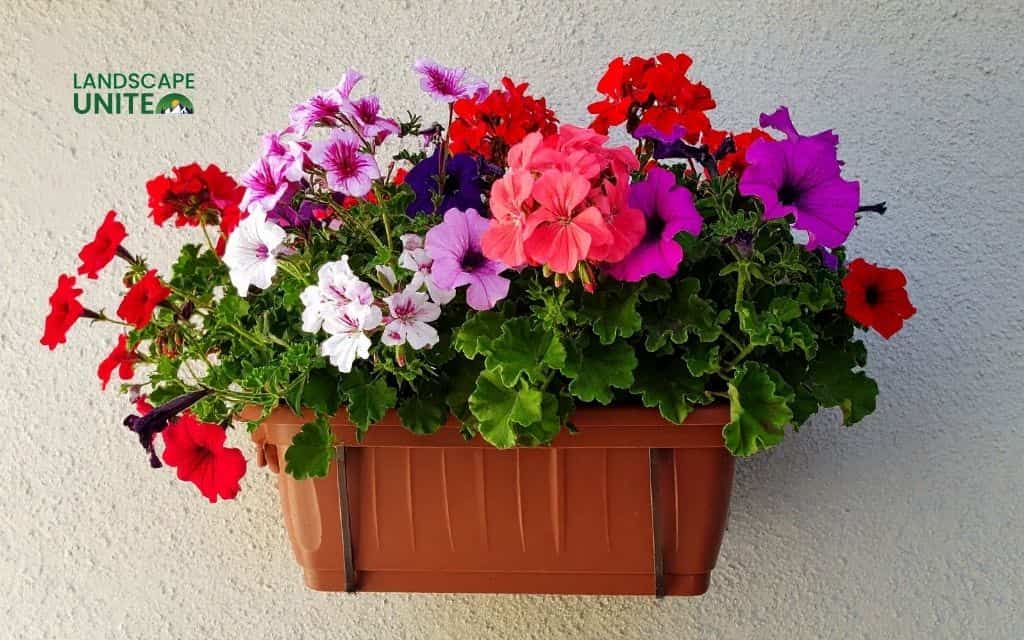
Hardy geraniums offer permanent structure in your flower beds, returning year after year in zones 3 through 9. Once established, these perennials require minimal care while providing beautiful blooms and attractive foliage that often turns stunning colors in fall.
Martha Washington varieties bring cool-season elegance to flower beds with their large, ruffled blooms and dramatic color patterns. These beauties prefer temperatures below 80°F and often take a break from blooming during the hottest summer months, making them ideal for spring and fall displays.
Best geranium varieties for American flower beds
Your USDA hardiness zone determines which varieties will thrive in your specific location. Understanding regional climate considerations ensures your investment in plants pays off with years of beautiful blooms.
Rozanne stands out as the ultimate long-blooming perennial, delivering continuous flowers for up to four months without deadheading. This award-winning variety has revolutionized perennial geranium gardening, offering the kind of extended bloom period previously only available from annuals. When you’re planning geraniums in flower beds for maximum impact, Rozanne deserves serious consideration.
The Stellar series offers unique star-shaped flowers that add an unexpected twist to traditional flower bed designs. These cultivars combine the reliability of zonal geraniums with distinctive blooms that catch everyone’s eye and spark conversations with visitors.
Ivy geraniums create stunning trailing border effects, softening hard edges and adding graceful movement to your flower beds. While often grown in hanging baskets, these trailing beauties excel when planted along the front edge of beds where their cascading habit can shine.
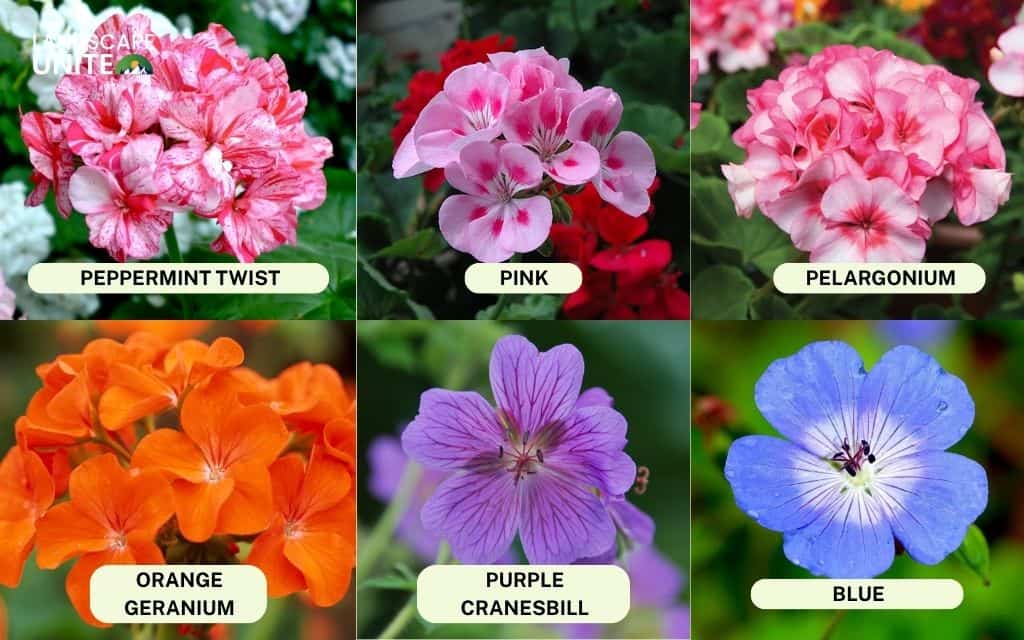
Designing picture-perfect geranium flower beds
Great design transforms a collection of plants into a cohesive landscape statement. Learning professional design techniques elevates your flower beds from ordinary to extraordinary.
Color combination strategies that work
Classic red geranium partnerships with white alyssum create timeless appeal that never goes out of style. This combination has graced American gardens for over 200 years, since geraniums first arrived from Europe, and continues to deliver impact today. The bright red blooms pop against the white carpet, creating clean contrast that works with any home exterior.
Purple and pink combinations bring cottage garden appeal to your landscape with their soft, romantic feel. Mixing lavender-blue hardy geraniums with coral-pink zonal varieties creates depth and interest while maintaining a cohesive color story. This approach works beautifully in both formal and informal garden settings.
Monochromatic schemes deliver sophisticated elegance by using multiple shades of a single color. Imagine an entire bed featuring salmon, coral, and deep orange geraniums graduated from light to dark. This design technique creates visual interest through subtle variation rather than bold contrast.
Companion plants that enhance geraniums
Marigolds and petunias extend your season of color while providing contrasting flower forms that enhance geraniums’ rounded blooms. These companions share similar growing requirements, making care and maintenance straightforward. Marigolds also bring natural pest deterrent properties that benefit the entire flower bed.
Lavender and sage offer texture contrast that makes your geranium flower beds more visually interesting. The fine, needle-like foliage of these herbs provides the perfect counterpoint to geraniums’ broader leaves, while their similar water and sunlight needs make them compatible partners.
Height layering with salvia and snapdragons creates professional-looking depth in your flower beds. Position tall salvias and snapdragons toward the back, medium-height zonal geraniums in the middle, and low-growing companions like alyssum at the front edge. This tiered approach ensures every plant gets noticed while maintaining good air circulation throughout the bed.
Seasonal design planning
Spring establishment sets the stage for months of beautiful blooms. Plant after your last frost date when soil temperatures reach at least 60°F. Early planting gives roots time to establish before summer heat arrives, resulting in stronger plants that bloom more prolifically.
Mid-summer maintenance keeps your geraniums in flower beds looking fresh throughout the hottest months. Regular deadheading, consistent watering, and strategic fertilization encourage continuous bloom production when other plants might be slowing down.
Fall transitions require planning for either overwintering tender varieties indoors or preparing hardy geraniums for winter dormancy. End-of-season care determines whether you’ll enjoy the same plants next year or need to replant come spring.
Planting and establishing geranium flower beds
Proper planting techniques set your geraniums up for long-term success. Taking time to do things right at the beginning saves trouble and disappointment later.
Optimal timing for US planting zones
Zone-specific planting schedules vary significantly across the country. Gardeners in zones 6b through 7b should plan to plant around mid-April, while zone 8a residents can start in mid-March, and zone 9 and higher can begin in early March. The key is waiting until nighttime temperatures consistently stay above 50°F.
Soil temperature requirements matter more than calendar dates. Use a soil thermometer to confirm your ground has warmed to at least 60°F before planting. Cold soil stresses young plants and slows establishment, potentially affecting bloom production throughout the season.
Post-frost safety guidelines protect your investment. Even after the average last frost date, keep an eye on weather forecasts and be prepared to cover newly planted beds if an unexpected cold snap threatens. A simple frost cloth can save your plants from damage.
Soil preparation and site selection
Drainage requirements for geraniums can’t be overstated. These plants despise wet feet and quickly develop problems in poorly drained soil. If your site holds water after rain, either choose a different location or improve drainage by adding compost and creating raised beds. Well-prepared soil with good drainage prevents edema, that unique condition where leaves develop water blisters from excess moisture.
Sun exposure needs include at least six hours of direct sunlight daily for best bloom production. Morning sun with afternoon shade works well in hot climates, while full sun all day suits cooler regions perfectly. Insufficient sunlight is one of the most common reasons geraniums fail to bloom prolifically.
Spacing guidelines ensure proper air circulation, which prevents disease problems that plague crowded plantings. Give zonal geraniums 12 to 18 inches of space, ivy geraniums 18 to 24 inches, and hardy perennials 18 to 24 inches. This spacing looks sparse initially but fills in beautifully as plants mature.
Planting techniques for long-term success
Proper planting depth positions the crown of the plant at soil level. Planting too deep invites stem rot, while planting too shallow leaves roots exposed to drying air. Water thoroughly after planting to settle soil around roots and eliminate air pockets.
Mulching strategies help retain moisture while keeping soil temperatures more stable. Apply a two-inch layer of organic mulch around plants, keeping it pulled back slightly from stems to prevent moisture-related problems. Mulch also suppresses weeds that would compete for water and nutrients.
Initial fertilization for strong root development should be light. Wait about two weeks after planting before applying fertilizer, giving roots time to establish. Start with a balanced fertilizer diluted to half strength, then gradually increase to full strength as plants grow.
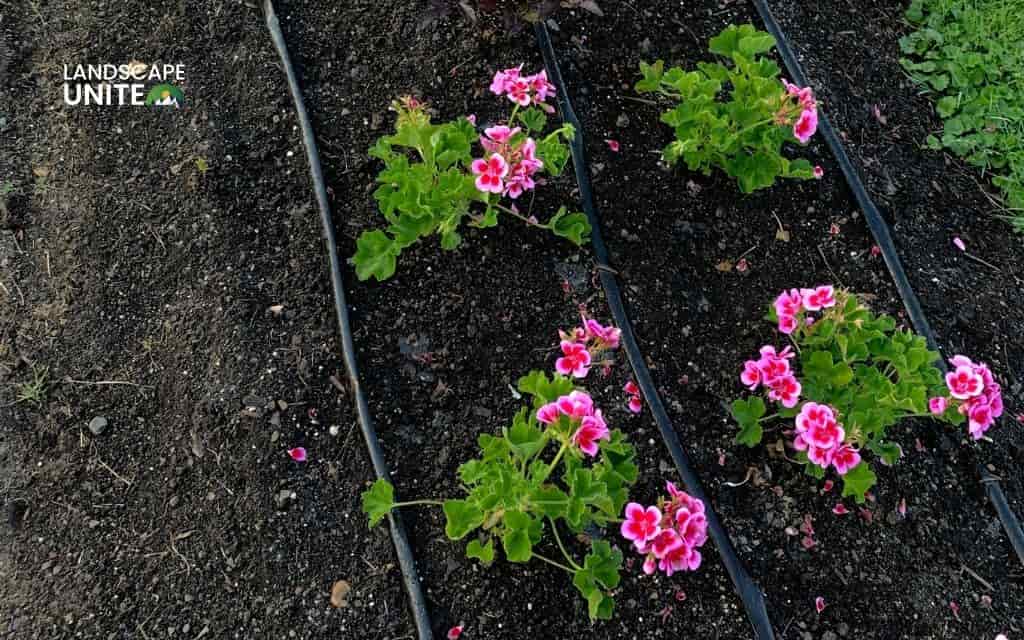
Seasonal care and maintenance guide
Consistent care keeps your geraniums in flower beds looking spectacular all season long. Establishing good routines makes maintenance feel effortless rather than overwhelming.
Watering strategies for flower bed geraniums
Deep watering techniques beat frequent shallow watering every time. Water thoroughly when the top inch of soil feels dry, allowing moisture to penetrate 6 to 8 inches deep. This encourages deep root growth that helps plants withstand heat and drought stress.
Drainage monitoring prevents that peculiar condition called edema where leaves develop watery blisters. Geraniums are particularly susceptible to this problem when grown in containers or heavy soil. If you notice bumpy, cork-like spots on leaf undersides, reduce watering frequency and improve drainage.
Seasonal watering adjustments reflect changing weather patterns. Spring often brings adequate rainfall, reducing irrigation needs. Summer heat increases water demand significantly. Fall’s cooler temperatures and shorter days mean plants need less frequent watering as they prepare for dormancy.
Fertilization for maximum blooms
Balanced fertilizer application using formulas like 10-10-10 or 20-20-20 keeps plants healthy and blooming continuously. Apply every two to three weeks during the active growing season, following package directions carefully. Too much fertilizer, especially nitrogen, produces lush foliage at the expense of flowers.
Coffee ground supplementation offers a unique benefit for geraniums. These plants respond particularly well to properly composted coffee grounds mixed into soil. The grounds provide nitrogen and other nutrients while slightly acidifying the soil, conditions geraniums appreciate. Mix used grounds into your compost first rather than applying them directly.
Seasonal feeding schedules align with plant growth cycles. Start fertilizing when plants actively grow in spring, continue through summer, then taper off in early fall. Stop fertilizing six weeks before your first expected frost to allow plants to harden off properly.
Deadheading and pruning maintenance
Weekly deadheading for continuous blooms takes just minutes but makes a dramatic difference in flower production. Remove spent flower clusters by snapping or cutting stems back to the next set of leaves. This prevents seed formation, redirecting energy into producing more flowers instead.
Some modern varieties are self-cleaning and drop spent blooms on their own, requiring no deadheading. These cultivars save time while maintaining a tidy appearance. When selecting plants, look for descriptions mentioning self-cleaning characteristics if low maintenance is your priority.
Mid-season pruning maintains compact shape and encourages fresh growth. If plants become leggy by midsummer, cut them back by about one-third. They’ll respond with vigorous new growth and renewed bloom production that carries through fall.
Troubleshooting common geranium problems
Even the best-maintained flower beds occasionally face challenges. Knowing how to identify and address problems quickly keeps minor issues from becoming major disappointments.
Identifying and treating pest issues
Budworm prevention deserves special attention because geraniums are specifically targeted by tobacco budworms. These pests bore into flower buds, causing them to fail to open or open deformed. If you notice damaged buds with small holes, budworms are likely the culprit. Hand-picking works for small infestations, while organic treatments like Bacillus thuringiensis provide effective control for larger problems.
Aphid management benefits from companion planting strategies. Marigolds and other strong-scented companions help repel these sap-sucking pests naturally. Beneficial insects like ladybugs and lacewings provide excellent biological control if you avoid harsh pesticides that would kill them along with the pests.
Attracting beneficial insects creates a balanced ecosystem in your flower beds. Plant flowers like alyssum and sweet alyssum to provide nectar for helpful predators. This natural approach to pest management reduces your need for interventions while promoting overall garden health.
Disease prevention and management
Botrytis prevention becomes critical in humid conditions or during extended rainy periods. This fungal disease causes brown spots on flowers and leaves, quickly spreading through crowded plantings. Proper spacing, good air circulation, and avoiding overhead watering all help prevent outbreaks.
Bacterial blight recognition helps you act quickly if this serious disease appears. Look for brown, wedge-shaped lesions on leaves, often with a yellow halo. This disease spreads rapidly, so remove affected plants immediately to protect surrounding specimens. Avoid overhead watering and handle plants gently to minimize spread through water and wounds.
Air circulation importance can’t be overstated for disease prevention. Crowded plants with poor air movement create the perfect environment for fungal and bacterial diseases. Following spacing guidelines and removing lower leaves that touch the soil both improve air flow.
Environmental stress solutions
Heat stress management in summer months protects plants during the toughest part of the growing season. In very hot climates, provide afternoon shade or use shade cloth during heat waves. Maintain consistent soil moisture, as drought-stressed plants are more vulnerable to heat damage. Interestingly, once established, many geranium varieties prove surprisingly drought-tolerant despite their reputation for needing regular water.
Overwatering symptoms include yellowing leaves, stem rot, and that characteristic edema with bumpy leaf undersides. If you notice these signs, check soil drainage and reduce watering frequency. Let soil dry slightly between waterings rather than keeping it constantly moist.
Wind damage prevention matters in exposed locations. Strong winds tear leaves, break stems, and dry out plants quickly. Position beds in protected areas or install temporary windbreaks during especially windy periods. Staking may help support stems on particularly windy sites.
Advanced design techniques and ideas
Taking your geranium flower beds to the next level involves applying professional design principles that create lasting impact.
Creating focal points with geraniums
Entrance pathway enhancement makes geraniums in flower beds work extra hard by guiding visitors to your door. Line pathways with coordinating colors that complement your home’s exterior. This classic approach has remained popular for good reason—it works beautifully in almost any landscape style.
Color blocking for maximum visual impact uses large groups of single colors rather than scattering individual plants throughout the bed. Plant at least five to seven of the same variety together to create bold color statements that read clearly from a distance. This technique looks particularly stunning with red or white varieties.
Seasonal succession planting extends your flower bed’s appeal by incorporating early, mid, and late-season bloomers. Combine Martha Washington geraniums for cool spring color with heat-loving zonal types for summer and hardy geraniums that bloom into fall. This thoughtful planning ensures something always looks its best.
Integration with landscape architecture
Border definition and edge treatment polish your flower bed’s appearance. Clean edges where lawn meets bed create professional-looking results. Consider installing subtle edging materials to maintain these lines with less effort.
Foundation planting coordination integrates geraniums in flower beds with your home’s architecture. Choose colors that complement your house rather than clash with it. Red brick homes look stunning with white or pink geraniums, while white houses can handle bolder reds and purples.
Slope and hillside applications take advantage of geraniums’ versatility. Hardy varieties work particularly well on slopes, providing color while helping prevent erosion. Their spreading habit covers ground effectively while requiring less water than lawn on the same slope.
Seasonal transitions and year-round planning
Thinking ahead about seasonal needs ensures your flower beds look great year-round while minimizing last-minute scrambling.
Spring preparation and planting
Site preparation after winter involves clearing debris, refreshing mulch, and amending soil if needed. Test soil to determine if additional compost or other amendments would benefit your plants. Spring is also the perfect time to reconsider your design and make any desired changes before planting.
Plant selection and purchasing timing affects both availability and price. Shop early in the season for the best selection of varieties. Buying from reputable nurseries ensures healthy plants free from pests and diseases. If you’re growing geraniums in pots before transplanting to beds, start them indoors four to six weeks before your last frost date.
Companion plant coordination means purchasing everything you need at once. This ensures you get complementary colors and sufficient quantities to execute your design vision. Don’t forget to account for spacing requirements when calculating how many plants you need.
Summer maintenance peak season
Heat protection strategies become essential during the year’s hottest months. Mulch helps keep roots cool while conserving moisture. In extreme heat, temporary shade cloth can prevent flower burn and wilting. Consistent care during summer keeps plants thriving rather than merely surviving.
Watering schedule optimization balances plant needs with water conservation. Early morning watering minimizes evaporation while allowing foliage to dry before evening, reducing disease risk. Consider installing soaker hoses or drip irrigation for more efficient water delivery.
Continuous bloom encouragement requires regular deadheading and appropriate fertilization. Don’t let spent flowers remain on plants, as this signals them to stop blooming and set seed. A light fertilizer application every few weeks keeps flowers coming strong.
Fall care and winter protection
End-of-season plant evaluation helps you decide which plants are worth overwintering and which should be composted. Healthy zonal geraniums can be potted up and brought indoors, where they’ll continue blooming on a sunny windowsill. This practice has been a money-saving tradition for generations.
Hardy perennials need minimal fall care beyond cutting back dead foliage after the first hard frost. Apply a fresh layer of mulch to protect crowns through winter, especially if you’re pushing hardiness limits in your zone.
FAQs about geraniums in flower beds
Can geraniums survive winter in flower beds?
Hardy perennial geraniums (true Geranium species) survive winter in zones 3 through 9 with minimal protection. Annual pelargoniums must be brought indoors or treated as annuals. The survival depends on your zone and variety. For more information about protecting plants through winter, explore our seasonal care guides on the Landscape Unite blog.
How far apart should I plant geraniums in flower beds?
Space zonal geraniums 12 to 18 inches apart, ivy geraniums 18 to 24 inches apart, and hardy perennials 18 to 24 inches apart. Proper spacing ensures adequate air circulation and prevents disease. If you need help designing a professional layout, visit Mile High Lifescape for expert consultation.
What companion plants work best with geraniums in flower beds?
Excellent companions include marigolds, petunias, alyssum, lavender, and salvia. These plants complement geraniums’ growing requirements while providing contrasting textures and extended bloom periods. Check our companion planting guides for more detailed combinations.
Why are my geraniums not blooming in the flower bed?
Common causes include insufficient sunlight (need 6+ hours), over-fertilization with nitrogen, inadequate deadheading, or stress from overwatering. Ensure proper growing conditions and regular maintenance. For personalized troubleshooting help, read more articles about common flower bed problems on our blog.
When should I plant geraniums in flower beds across different US zones?
Plant after your last frost date when soil reaches 60°F. Zone 6b-7b gardeners should plant around mid-April, zone 8a around mid-March, and zone 9+ in early March. For a detailed planting calendar specific to your region, check our seasonal planning resources.
Conclusion
Your dream garden is closer than you think. Creating stunning geraniums in flower beds increases your property value while bringing daily joy every time you see those vibrant blooms. Whether you’re starting from scratch or enhancing an existing landscape, the techniques in this guide give you everything needed to succeed. Your neighbors will definitely be asking for your gardening secrets when they see the spectacular results.
Don’t let another growing season pass without making your landscape vision a reality. Start by selecting varieties suited to your climate and design goals. Remember that even small flower beds can make a dramatic impact when designed and maintained properly.
Introducing Landscape Unite
At Landscape Unite, we’re passionate about helping homeowners create beautiful, sustainable outdoor spaces that reflect their personal style. Our expert-curated content covers everything from basic gardening techniques to advanced landscape design, providing you with the knowledge and confidence to tackle any outdoor project. We’re here to support your journey from initial planning through ongoing maintenance.
Our blog brings together years of professional experience in the landscaping industry, distilling complex topics into practical, actionable guidance. Whether you’re working on a weekend project or planning a complete landscape transformation, Landscape Unite offers the resources and inspiration you need.
Ready to create your dream flower beds?
Subscribe to the Landscape Unite blog for more expert gardening guides and seasonal tips delivered directly to your inbox. Discover new posts covering everything from soil preparation to advanced design techniques. Join our community of passionate gardeners who share your commitment to creating beautiful outdoor spaces.
Need personalized advice or professional help bringing your vision to life? Visit Mile High Lifescape Denver to connect with experienced landscape professionals who can guide you through every step of your project. From design consultation to installation and maintenance, we’re here to help you succeed.
Start exploring more articles on the Landscape Unite blog today and transform your outdoor space into the landscape you’ve always imagined!
